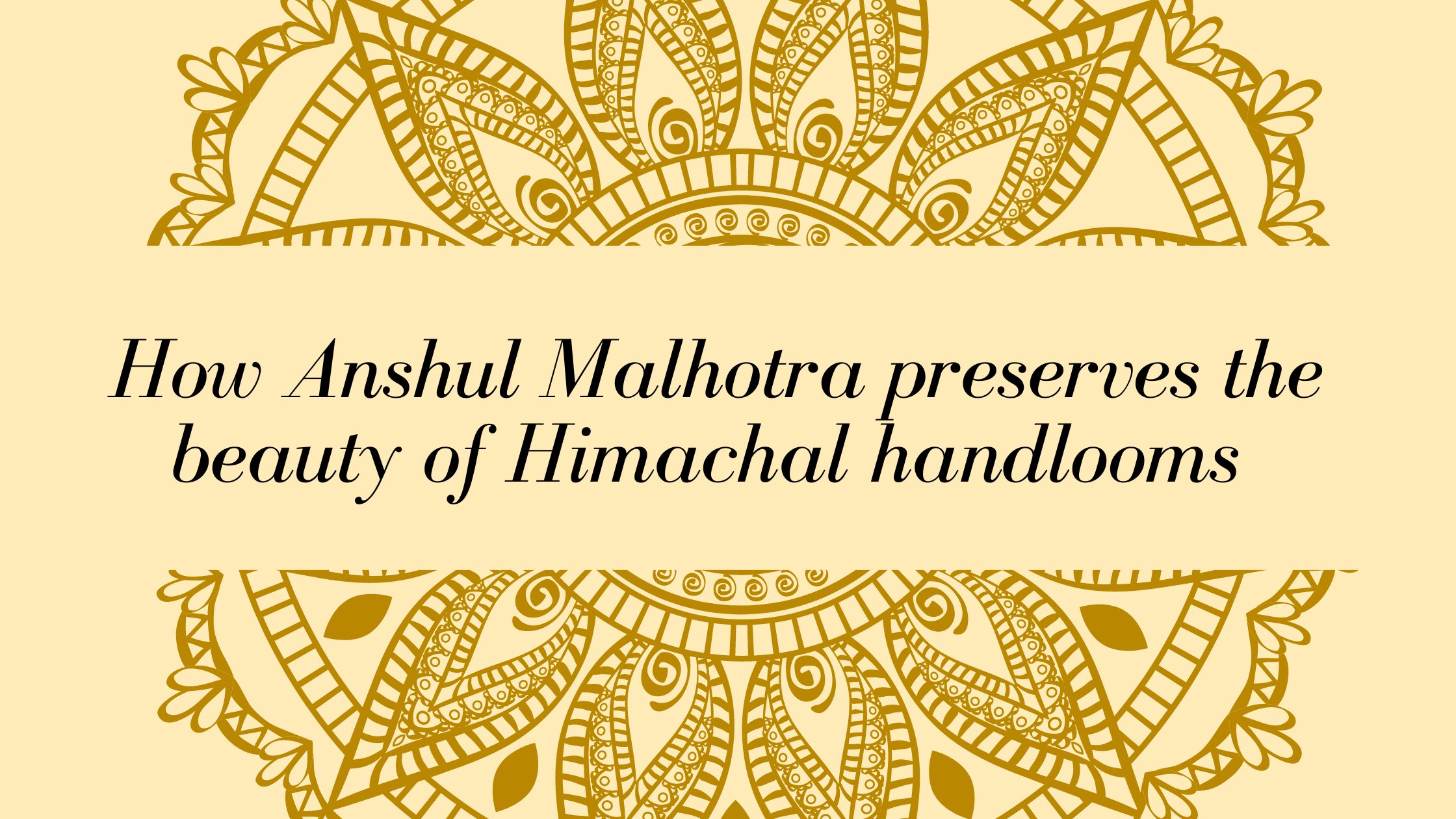How Anshul Malhotra preserves the beauty of Himachal handlooms
- January 27, 2023
- Stories
Handloom weaving is an art form that is not prominently practiced but is definitely loved by many. When fast fashion took over, the sale of indigenously produced commodities fell to remarkable levels. It became vital to save such treasured art forms native to our country. Om Prakash Malhotra and his daughter Anshul Malhotra, through Krishna Wool took the initiative to preserve the beauty of Himachal handlooms and also empower several hundreds of artisans who engaged in this traditional art.
How it all began
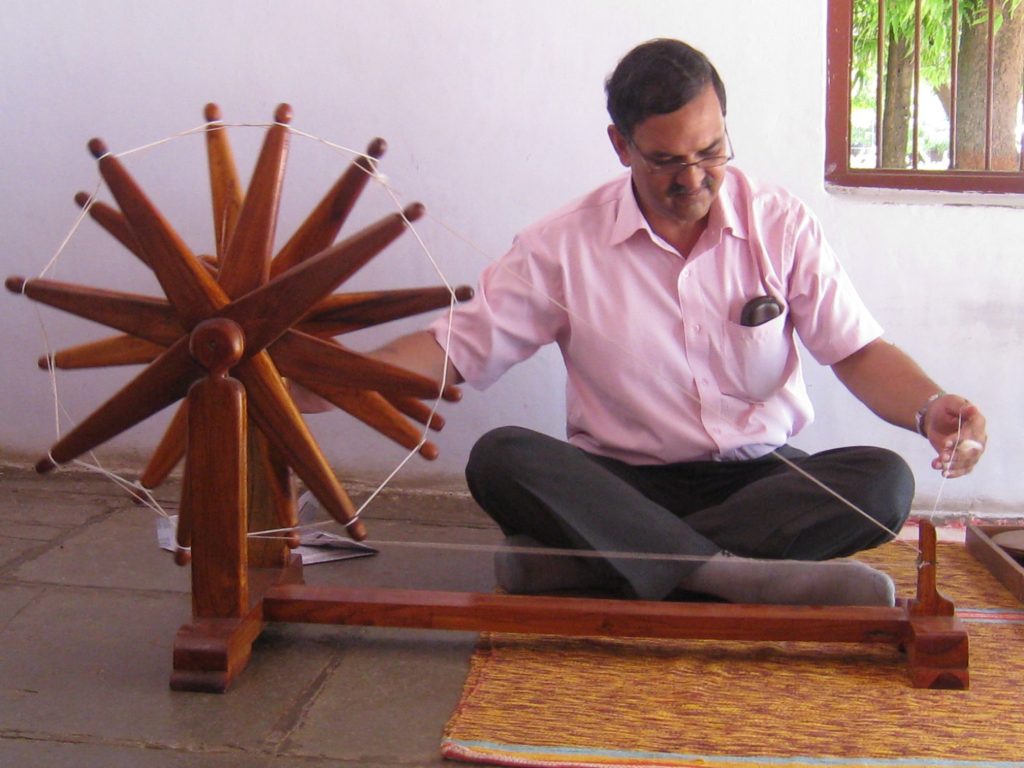
Both father and daughter come from the small foothill town of Himachal Pradesh – Mandi. Anshul was greatly influenced by her father’s efforts and work in preserving the traditional handloom and handicrafts business in the state. As a child she would watch him work with weavers from the village. He had quit his job as an engineer to follow this art he was passionate about. Anshul was filled with inspiration ever since. His efforts didn’t go unnoticed. Her father also received the Shilp Guru Award in 2012 from the then President Pranab Mukherjee!
Could a woman take the family handloom business forward?
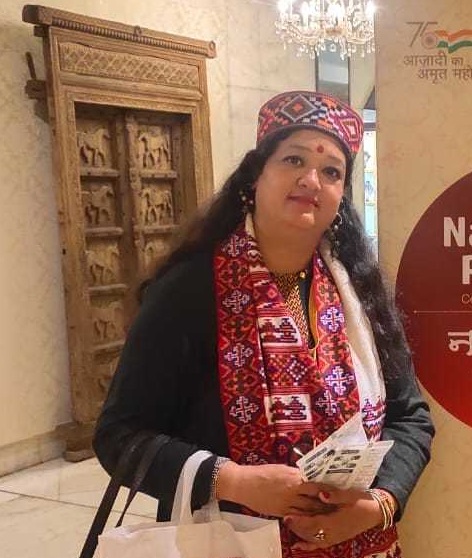
Anshul knew what she wanted to do. She was determined to continue what her father began, and she wanted to perfect the art. So, she went on to pursue textile engineering from TIT Bhiwani, much to everyone’s skepticism. Her father’s motivation kept her going against all odds and soon she joined Krishna Wool, her father’s industry, and spearheaded the family business, preserving Himachali handlooms. Her husband is a production engineer and supports this business with his own skills.
True success is when you empower others
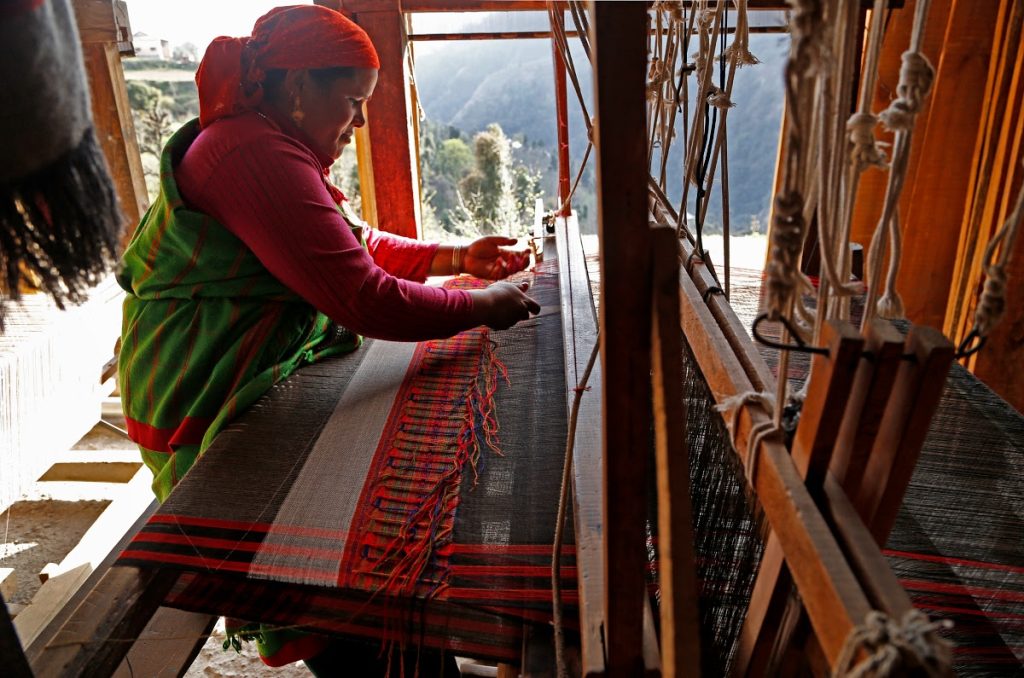
Anshul’s father always wanted to do something for the people of Himachal Pradesh. Ever since he started Krishna Wool in 1995, he would produce new designs every year. But this was in a place that did not understand trends or fashion. That is why he trained the rural women first and Anshul followed her father’s footsteps. In the current day she has at least 200 women she’s trained in the art, free of charge.
Sustaining livelihood by giving the gift of a handloom
By training them and giving them a handloom, Anshul and her family empower these rural women to make a living, support their families and also empower their own children 5 years later. This makes their business stand out amongst the rest, proving that it’s not just funds but teaching the art that measures how successful and long lasting a business can be.
Sustainable fashion at its best
Instead of sourcing materials from different suppliers, they choose to spin the yarn themselves. Making the thread is a long process and several people are required for each step, around 20 in total! In a world dominated by fast fashion, Anshul stays away from using synthetic dyes or chemicals and manages to create beautiful pieces with the limitations natural wool colours and fibres offer.Being an environmentally conscious business, they don’t opt to mass produce either. A variety of shawls are produced ranging from Pashmina, Kinnauri, stoles, and Tweed. Each shawl would take approximately 10 days to make and a Yakool shawl can easily take months before it’s ready. A lot goes on between an idea and the final product, but it’s all worth it! Authenticity and hard work always pay off.
Handcrafted art will never go out of style
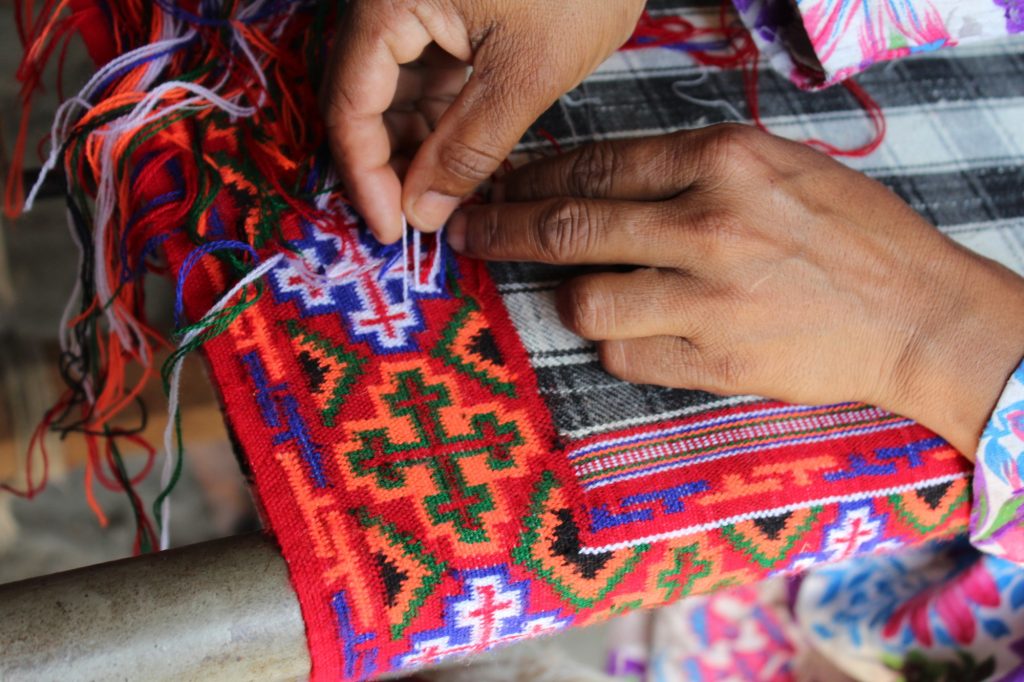
A handmade art like this may not be 100% perfect, but who says art has to be perfect to be beautiful? There is immense value in something that is handcrafted with love. The awards and recognition she has won and the orders she gets for her products speak for themselves.
Sure enough, in 2022 Anshul was given the Nari Shakti Award by the President Ram Nath Kovind.
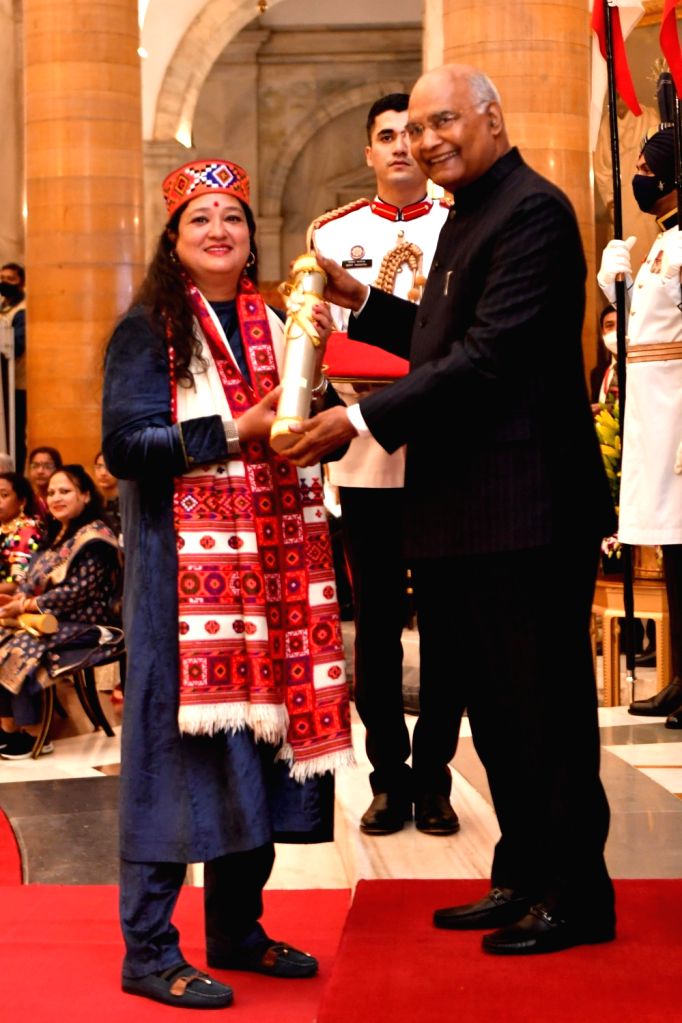
In a competitive world, it takes courage to choose a path that is filled with roadblocks and may not give immediate returns. At the same time, in a business such as Anshul’s, there is a lot of satisfaction knowing one is empowering people to become financially stable, preserving the environment and a fine art that would otherwise die a slow but sure death.
If you were inspired reading this CauseAChatter story and have one to share too, reach out to us here.
- Want to Work in Publishing? Here’s how you can go about it
- Top Features to Look for When Choosing a Hosting Provider
- New to reels? Start Here with these easy ideas you can try today
- The Role of Visual Branding in Building Stronger Client Relationships
- Spread joy with books with Weave Library Project

